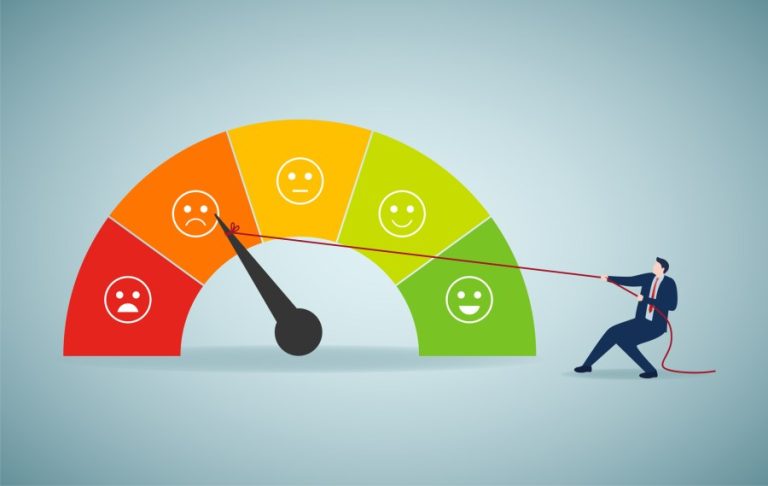(NewsNation) — American consumers haven’t felt this gloomy in over three years, back when inflation was surging around 9%.
Consumer sentiment slipped to 50.3 in early November, the lowest level since June 2022, according to preliminary data from the University of Michigan. The reading is one of the weakest for the index since the survey began in 1952.
“With the federal government shutdown dragging on for over a month, consumers are now expressing worries about potential negative consequences for the economy,” Joanne Hsu, the survey’s director, said in a statement.
Is the US economy going K-shaped? Here’s what to know
The drop came as Americans grew more downbeat about their current finances and was broad-based across age, income and political groups, Hsu noted.
Sticky inflation, President Donald Trump’s trade policies and a cooling labor market have all weighed on sentiment over the past year. The ongoing government shutdown — the longest ever — is now adding to those concerns.
“Across the economy, segments of the population are increasingly dealing with tighter financial conditions,” NerdWallet senior economist Elizabeth Renter wrote in a post. “That’s certainly true for federal workers and people dependent on food assistance from the federal government. But it’s also likely increasingly true for middle-income Americans.”
One notable exception: Consumers with the largest tercile of stock holdings posted an 11% increase in sentiment, Hsu said.
That gain underscores a widening divide in the U.S. economy that many have likened to a “K” shape — with higher-income households thriving while many others struggle.
Where the economy stands now
Consumer sentiment has long been viewed as a useful gauge of future spending, but in recent years, Americans have felt worse about their finances than their actual spending suggests.
That disconnect helped popularize the term “vibecession” — a period when gloomy attitudes seemed out of step with the broader economic data.
Today’s pessimism comes amid a lack of new information, with the government shutdown delaying key jobs figures and putting October’s inflation report in jeopardy.
The unemployment rate ticked up to 4.3% in August, still low by historical standards, but without fresh federal data, it’s unclear how that may have changed in recent months.
Power surge: Why are electricity prices surging?
Recent high-profile layoff announcements from Amazon, Target and General Motors have stoked anxiety about the labor market, and a bleak report released this week has added to those concerns.
Outplacement firm Challenger, Gray & Christmas said U.S.-based employers announced more than 153,000 job cuts in October — the highest total for that month since 2003.
A separate report from payroll processor ADP was less negative, showing private-sector employment rose by 42,000 jobs in October, the first gain since July.
On the inflation front, Trump’s tariffs haven’t hit as hard as many feared, but consumer prices are still rising faster than the Federal Reserve’s 2% target. Coffee and beef have become particular pain points, with prices sitting at record highs.

